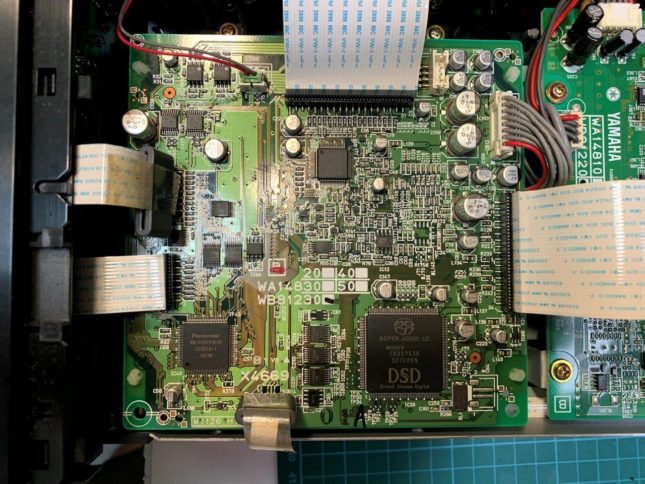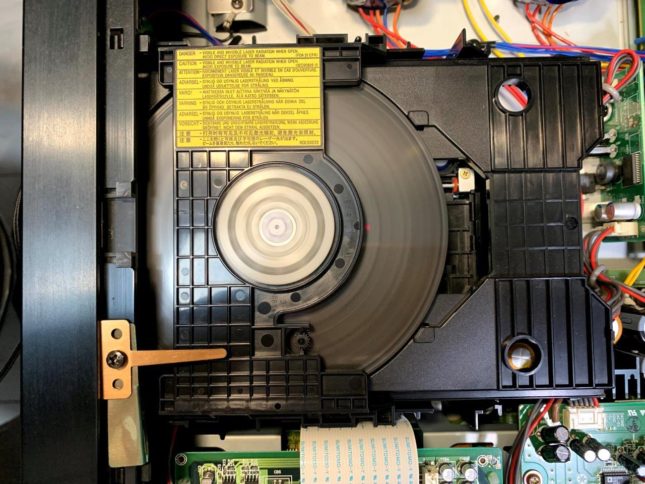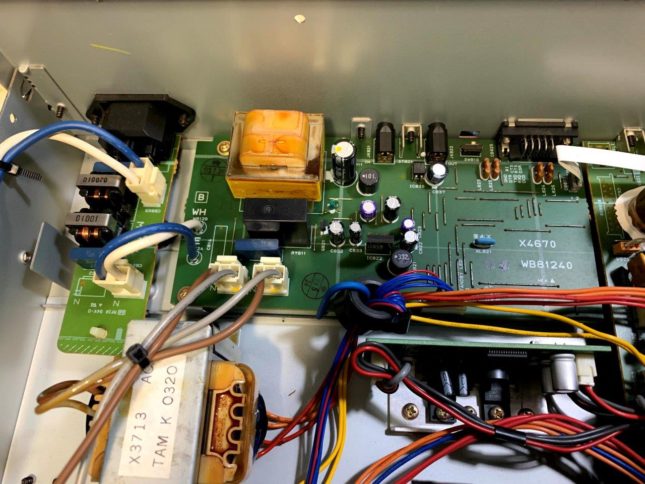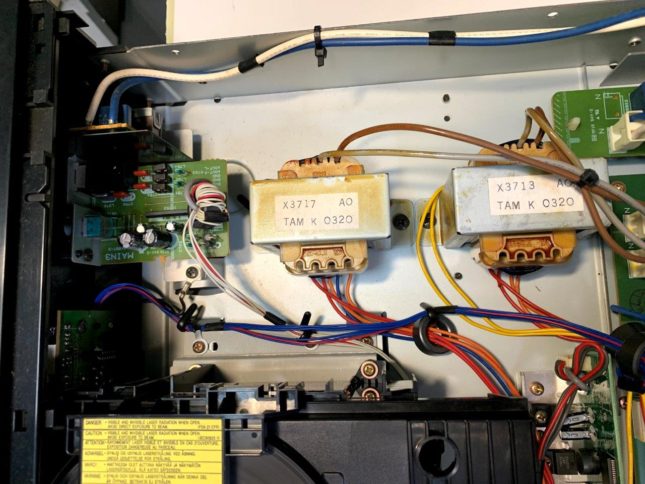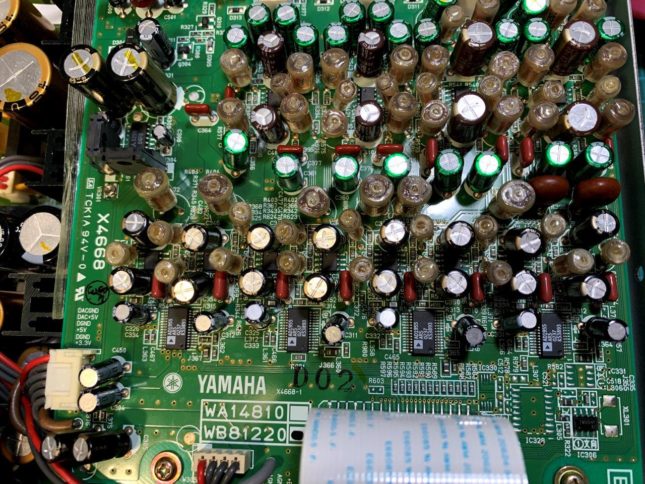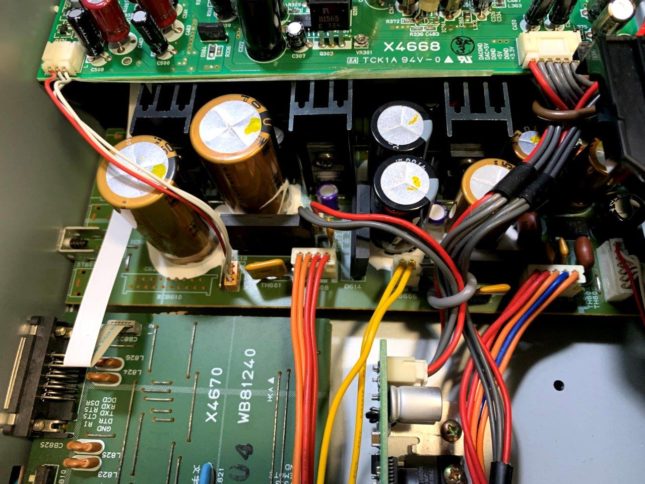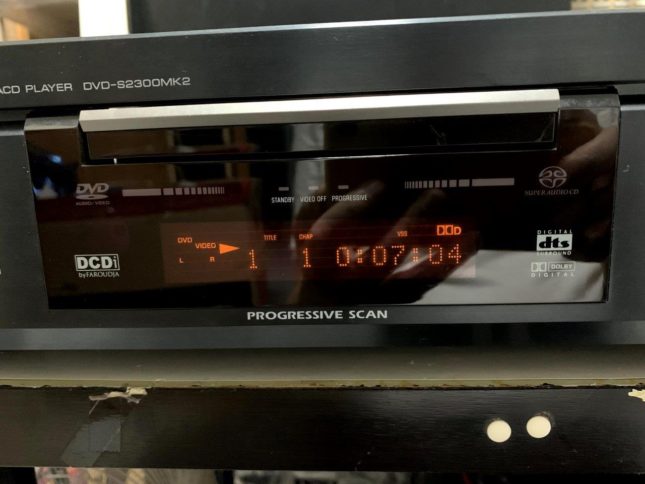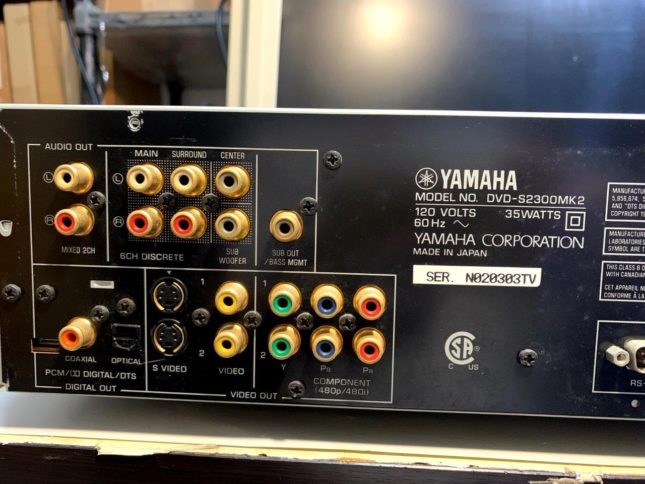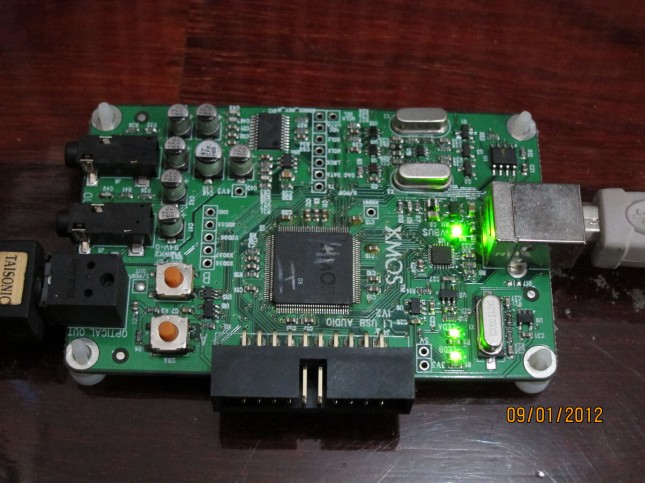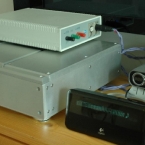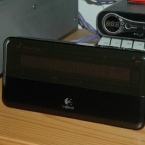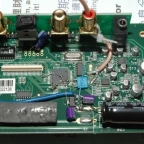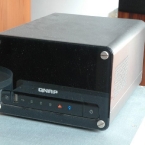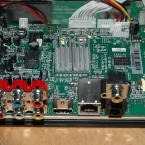I brought this more than 10 years ago from a Canada seller. I want to try this because it use 4 pcs AD1955 DAC inside and also can playback SACD disc! Thus I want to see how does it sound. Below are the inside photos :
- Lots of Audio grade capacitor in the power supply and audio circuit. Elna Cerafine, Nichicon Muse and Copper foil capacitors for IV and Filtering in audio circuit.
- Separate digital and analogy transformer and regulators.
- DAC AD1955 x 4 with OPA2134 as IV & filter op-amp in audio output circuit. Only for SACD playback!
- PCM1608 DAC for DVD and CD playback! Thus it will not sound super good!
- Due to the age of the design, it only have S-Video and Component output for Video!
